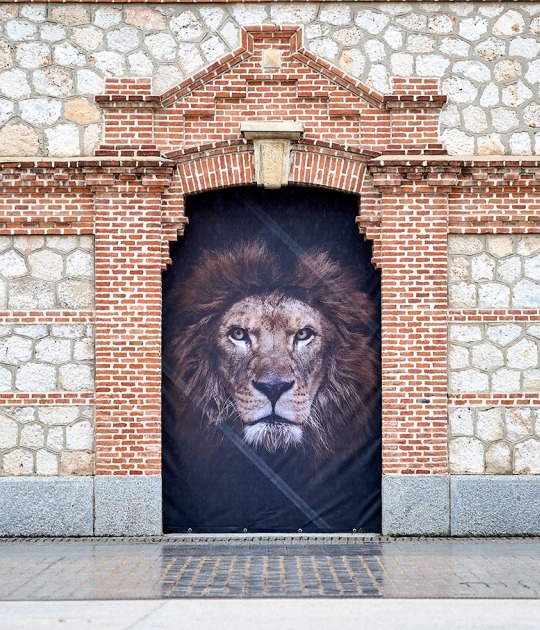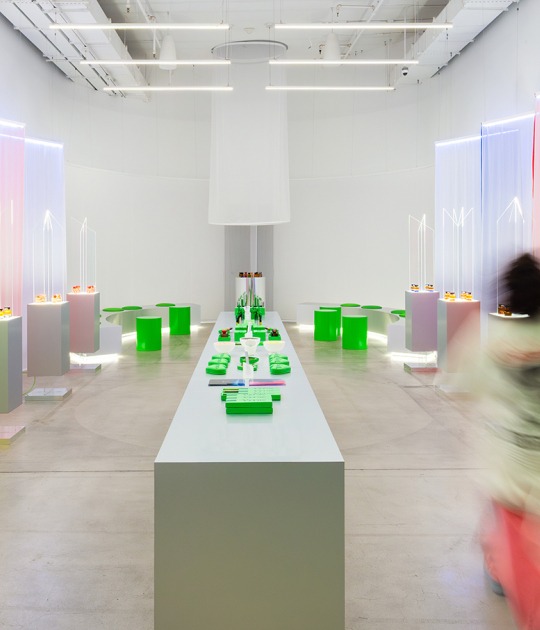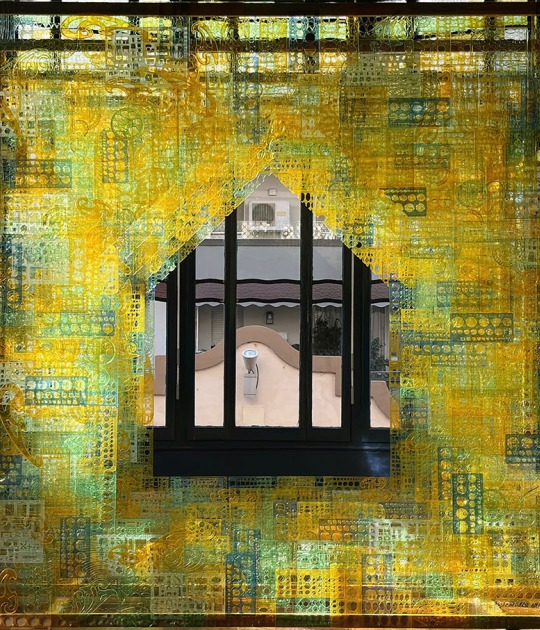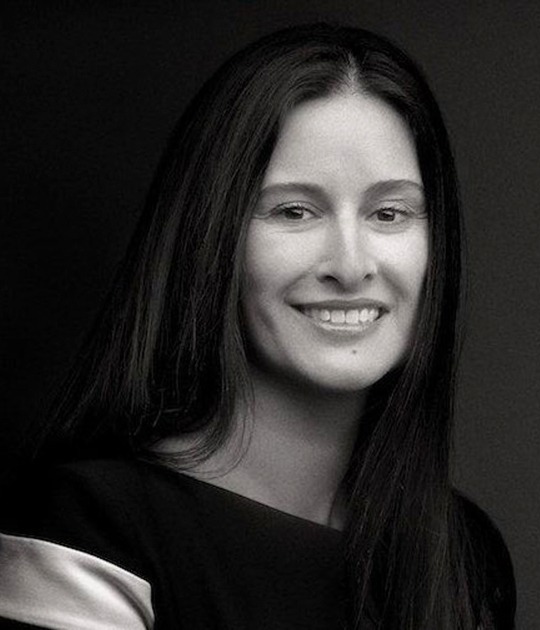
Foster + Partners established an innovative approach, integrating the stations' design and corresponding over-station developments. Considering them as a single entity, the architect team could align the structure optimising building services, prioritising passenger circulation and creating separate entrances for the station and the commercial development above.
The station structure effectively acted as the foundation for the development above, simplifying construction and making it easier and more economical to build. The return on investment from over-station development also subsidised costs for the project, creating an economically sustainable model for this public transport infrastructure project.
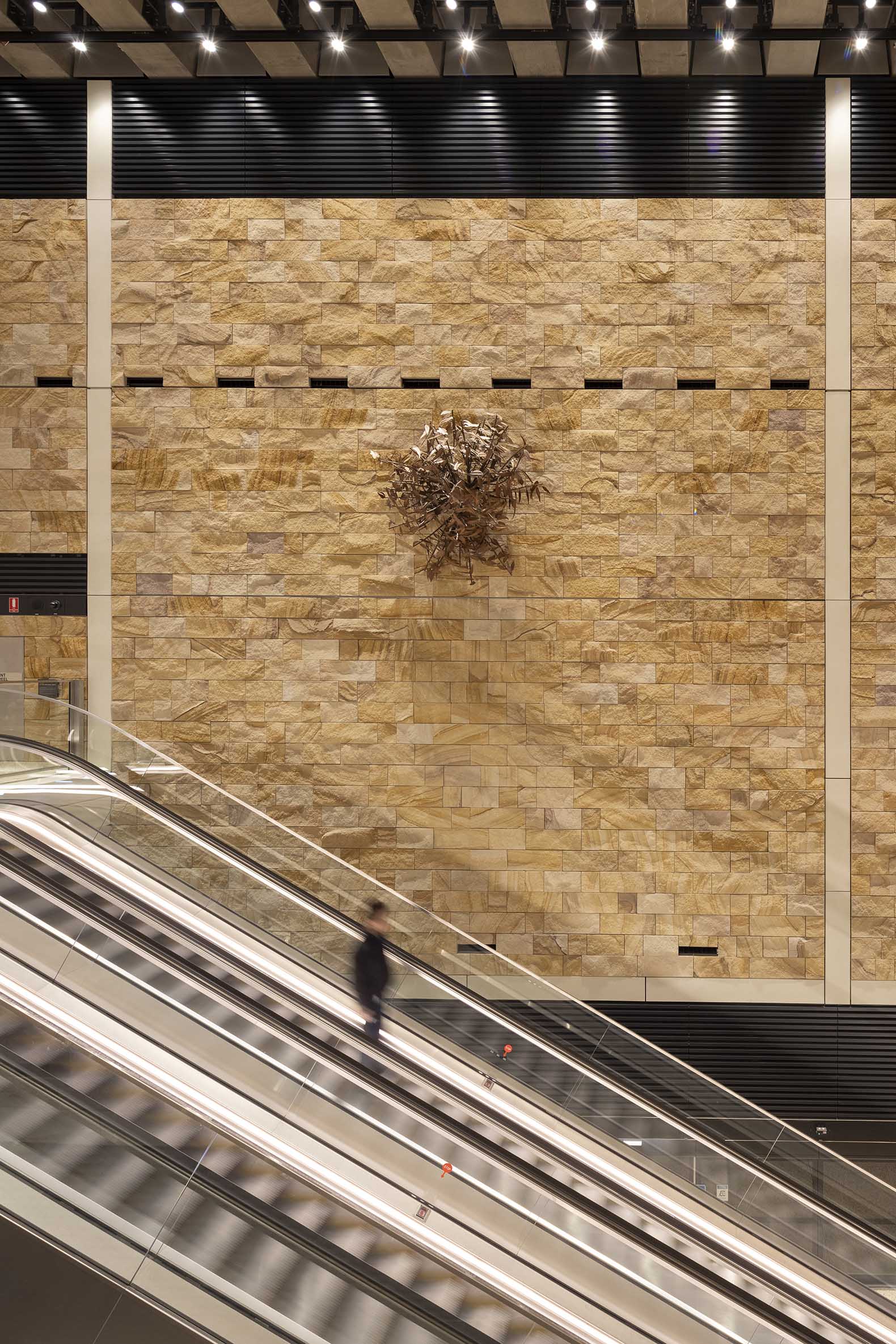
Barangaroo station by Foster + Partners. Photograph by Brett Boardman Photography.
Project description by Foster + Partners
Barangaroo Station
The new Barangaroo Station improves access to the Walsh Bay Arts and Culture precinct as well as the Barangaroo precinct’s public, residential, commercial and entertainment areas and ferry hub. It services the residential areas at Millers Point, Walsh Bay and future residents of Barangaroo, providing high-quality public transport access to Sydney’s latest destination. The station will also improve pedestrian connections to the northern part of the Sydney CBD, The Rocks, and alleviate congestion at Wynyard and Martin Place stations.

The station has two separate entrances and the platform is located approximately 20 metres below street level, at the north end of Hickson Road in Millers Point. The first entrance opens onto Nawi Cove and is made up of two components: a bank of three escalators, which are covered by a canopy, and a pavilion housing two lifts. The design allows clear lines of sight across the precinct to Nawi Cove and the harbour beyond. A second future entrance has been designed to provide a direct connection from the concourse into the Barangaroo Central development.
The concourse floor is a white terrazzo, while the walls of the station are clad in split-face local sandstone, which also features in the adjacent Headland Park landscaping. An installation of steel and copper trees by the artist Khaled Sabsabi animates the station concourse.
The redevelopment of the Barangaroo precinct has been one of the most significant urban renewal projects in Sydney in recent times. The precinct was named after the Cammeraygal woman, who was a powerful and influential female leader of the Eora Nation. The Traditional Custodians, the Gadigal, used this land for hunting; the harbour for fishing, canoeing and swimming; and the foreshore as a place of congregation.
Gadigal Station
Gadigal Station (formerly Pitt Street Station) is strategically located at the junction of Sydney’s southern CBD and the Midtown retail precinct. It serves a mixed employment, residential, entertainment, cultural and events-based precinct that adjoins Chinatown.

The station has entrances at the northern and southern end of the platforms. The southern entrance sits under the Indi Apartments development while the northern entrance faces onto the tree-lined Park Street, which is one of the most prominent east-west streets in Sydney. This entrance is celebrated with a glass veil, which allows daylight to flood the station concourse throughout the day. Two lifts and two sets of escalators in a switch-back arrangement connect the concourse and platform levels. A total of eight escalators are housed at the north entrance with six at the southern entrance. The wall facing the escalators features tiled artwork by Australian artist Callum Morton, commissioned by Sydney Metro.
Grey granite paving extends into the station from the street and establishes the concourse as part of the public realm. Walls at the concourse level are clad in white back-painted glass panels, which transition to local sandstone below ground. The granite paving also transitions to white terrazzo on the lower levels.
Below ground, the station is lined with glass-reinforced concrete panels on the walls and aluminium tubes on the ceiling. The curved geometry assists with intuitive wayfinding, leading customers from concourse to platform.
The station entry box acts as the foundation of the over-station development above. The office tower, Parkline Place, is also designed by Foster + Partners and articulated as three vertical forms with curved corner glazing. A recess in the facade continues through the full height of the tower and is centred on the station’s entrance.
The new development includes bike parking on Park and Bathurst streets and enhanced pedestrian infrastructure around the station.




















